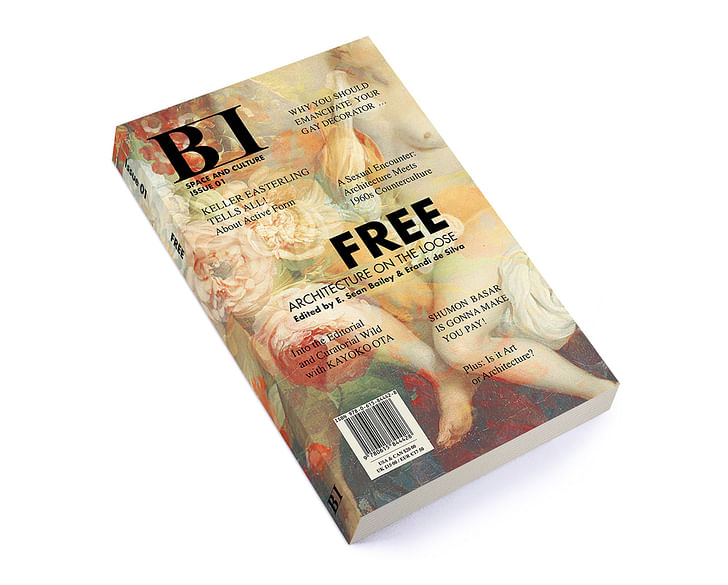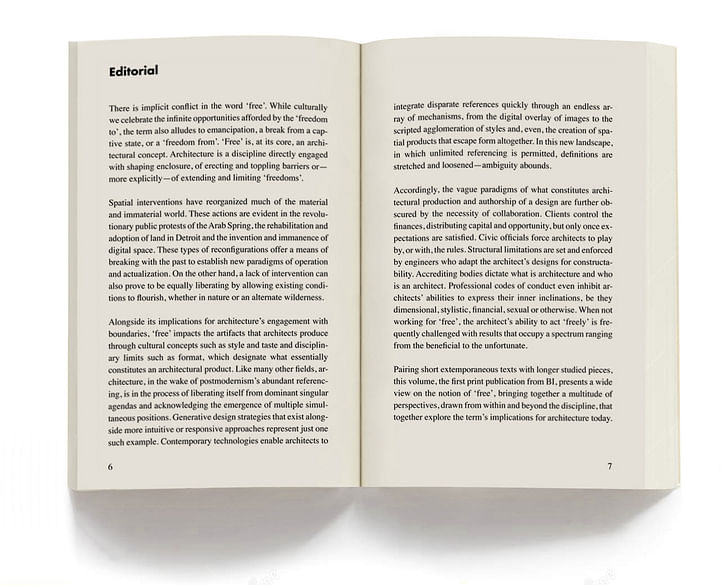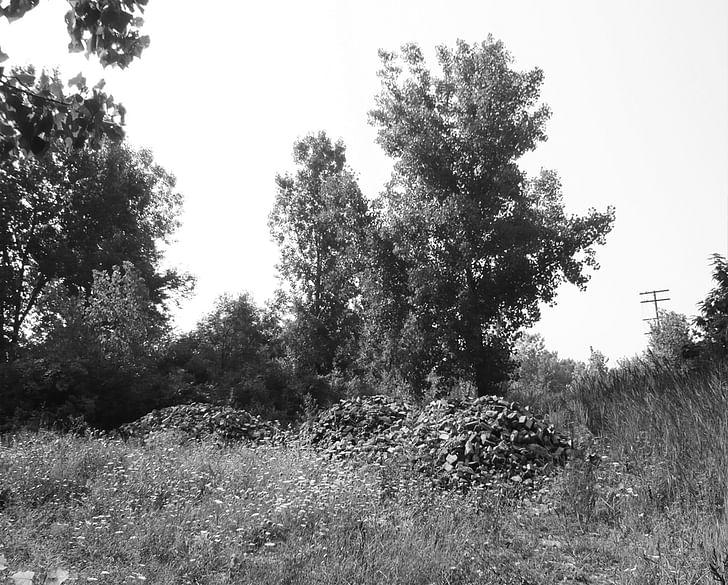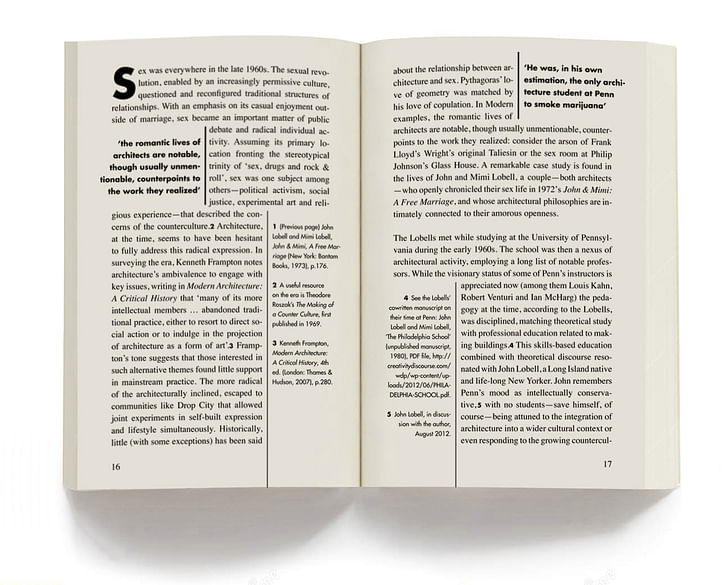

Screen/Print is an experimentation in translation across media, featuring a close-up digital look at printed architectural writing. Divorcing content from the physical page, the series lends a new perspective to nuanced architectural thought.
For this issue, we’re featuring BI's inaugural publication, "FREE".
Do you run an architectural publication? If you’d like to submit a piece of writing to Screen/Print, please send us a message.
BI began on the web, created as a forum for the exchange between architecture and its surrounding cultural context. Short on self-description, the initial BI BLOG framed its content in pairs of reactions to a single concept, as it relates to architecture. Seeking to expand that potential to a wider discussion and exploration of a given term, BI decided to focus on a new print project, and just released its first physical publication, "FREE". This lets BI stretch its legs incarnate, combining longer-form pieces with quick, spontaneous reactions to the title's theme, serving a variety of both content and style.

In regards to architecture, a concept like "FREE" comes with no small set of baggage. The physical realization of architecture as a material construct defining free and bound spaces, directing possible and impossible movements, is only the tip of the iceberg. Bring on the parade of spatial interventions, crises of intellectual identity, and the whole system of accreditation, and "FREE" becomes wonderfully muddled.

One Screen/Print can't cover all the issues addressed in "FREE", so we chose to focus on a single, short piece by James D. Graham, "Digital Immanence". Graham considers the aesthetic and technological implications of The Cloud's aggregated information, calling direct attention to the ether that runs diffuse throughout our daily lives, and whether it can be structured. The piece is also a reminder of how elusive the mundane can be—once new technology becomes everyday, our understanding of it isn't necessarily deeper.

DIGITAL IMMANENCE, James D. Graham
As I sit at my computer setting up Google Drive—embracing this digital convenience that further dissolves the spatial boundaries of my laptop’s contents—I’m reminded of how the term ‘cloud computing’ is as much an aesthetic category as a technical one. If the aether of virtual space has always been metaphorically atmospheric, the Cloud implies a meteorological array of information, imbued with uncertainty as much as it is mappable by fronts and isotherms. It is a way of capturing our own digital mystification, a casually vague gesture aimed at corralling the imagined nowhere-and-everywhere of the Internet. It implies an environment.
And, like any environment, we lose sight of its extents. John Cage delivered lessons in how to freshly perceive an otherwise backgrounded environment by bracketing off a space and temporal duration in which to listen. The art historian Branden Joseph called it ‘acoustic immanence’—the heightening of those often less immediate aspects of our experience. Likewise, Brian Eno’s use of the term ‘ambient’ describes an admixture of that which is already there and that which is layered over it: ‘an atmosphere, or a surrounding influence: a tint’. His pieces pass in and out of direct consciousness, famously stipulated to be ‘as ignorable as they are interesting’.
As our experience of the urban is further suffused by data and mediated by technovisuality, we could use more Cages of the information economy, or Enos of the Cloud.This line of thought offers possibilities for highlighting our own relationship to the digital aether that tints our everyday milieu. After all, despite the interest we lavish on the technologies we carry in our pockets, this ‘surrounding influence’ is often ignored outright. The Cloud has not been rendered explicit, even as we glimpse its traces and byproducts. Debates about the so-called ‘New Aesthetic’, a curatorial practice that brought attention to the proliferation of technologically mediated vision, offer one possibility for seeing the Cloud anew, as a thoroughly material manifestation. But the representational (and often metaphorical) languages of pixelation, low-fidelity, QR codes, glitches, and surveillance only go so far. There are more ways in which to see the concrete implications of an ambience that is consistently represented as an abstraction—an act introducing a kind of ‘digital immanence’. As our experience of the urban is further suffused by data and mediated by technovisuality, we could use more Cages of the information economy, or Enos of the Cloud.


Editors-in-Chief for "FREE" are E. Sean Bailey (New York, USA) and Erandi de Silva (London, UK). Jack Murphy is Assistant Editor.
Learn more about BI and see what came before "FREE".



Former Managing Editor and Podcast Co-Producer for Archinect. I write, go to the movies, walk around and listen to the radio. My interests revolve around cognitive urban theory, psycholinguistics and food.Currently freelancing. Be in touch through longhyphen@gmail.com
2 Comments
I LOVE the cover of this periodical! So satirical.
just read this, the articles are thoughtfully organized and really well written, lots of interesting and provocative thinking on the 'free' topic. really well put together.
Block this user
Are you sure you want to block this user and hide all related comments throughout the site?
Archinect
This is your first comment on Archinect. Your comment will be visible once approved.